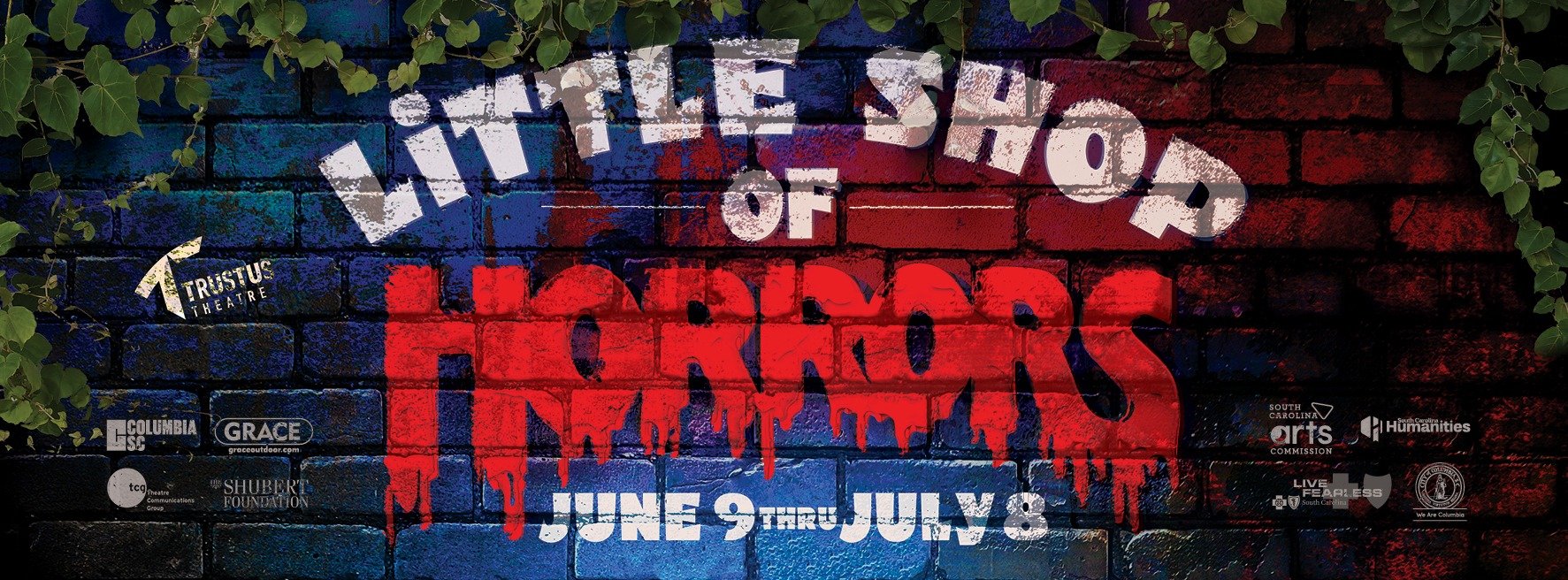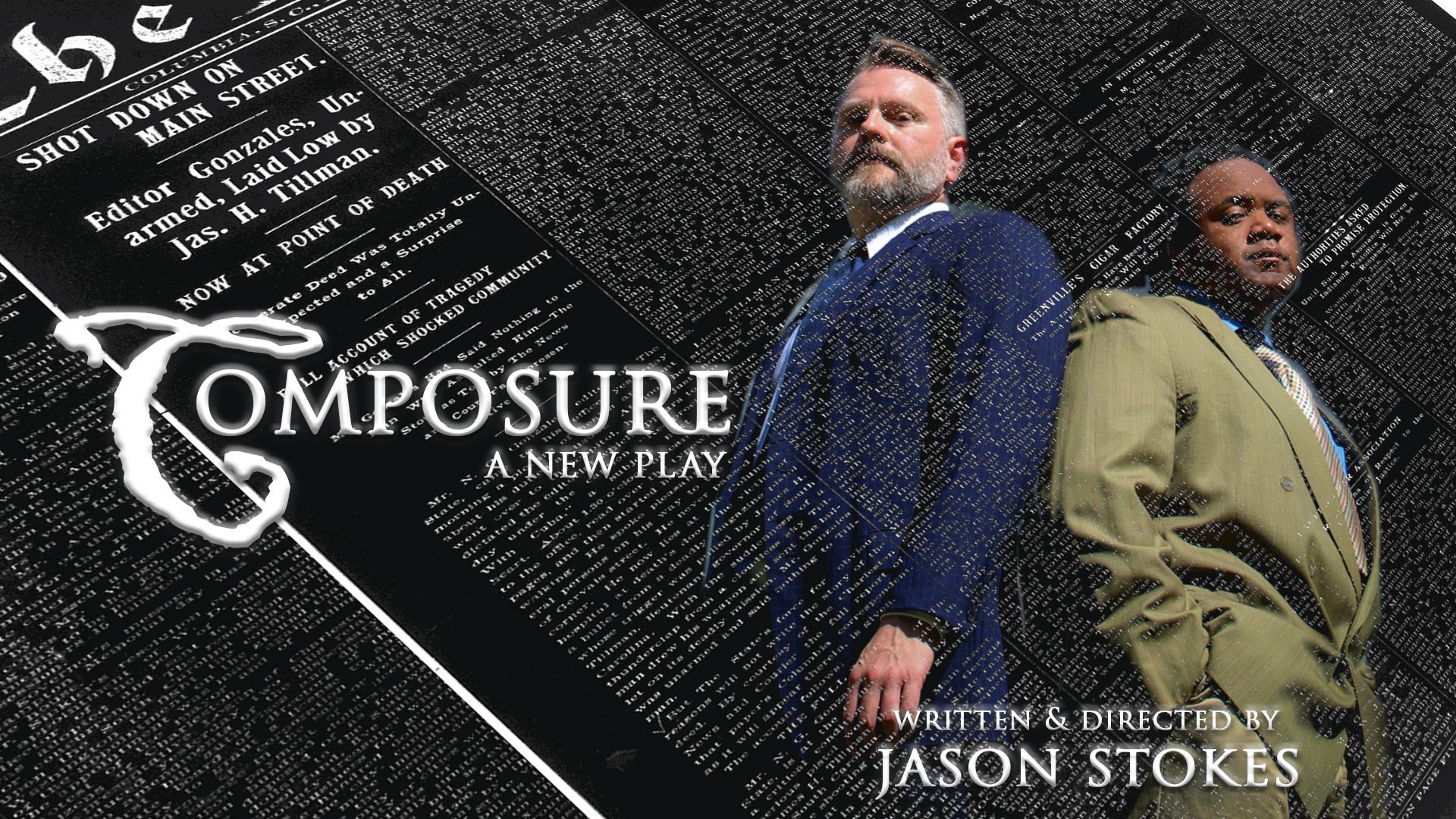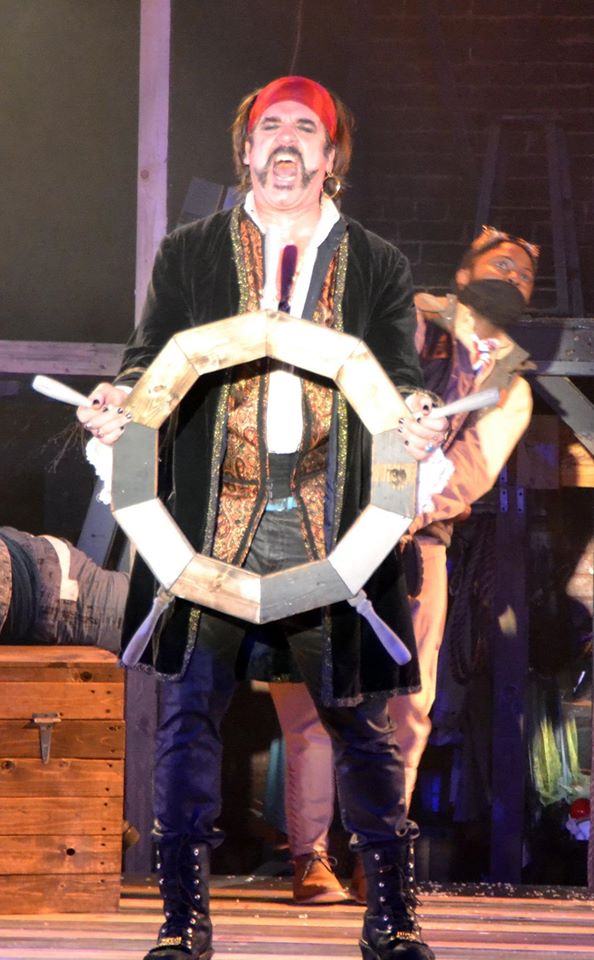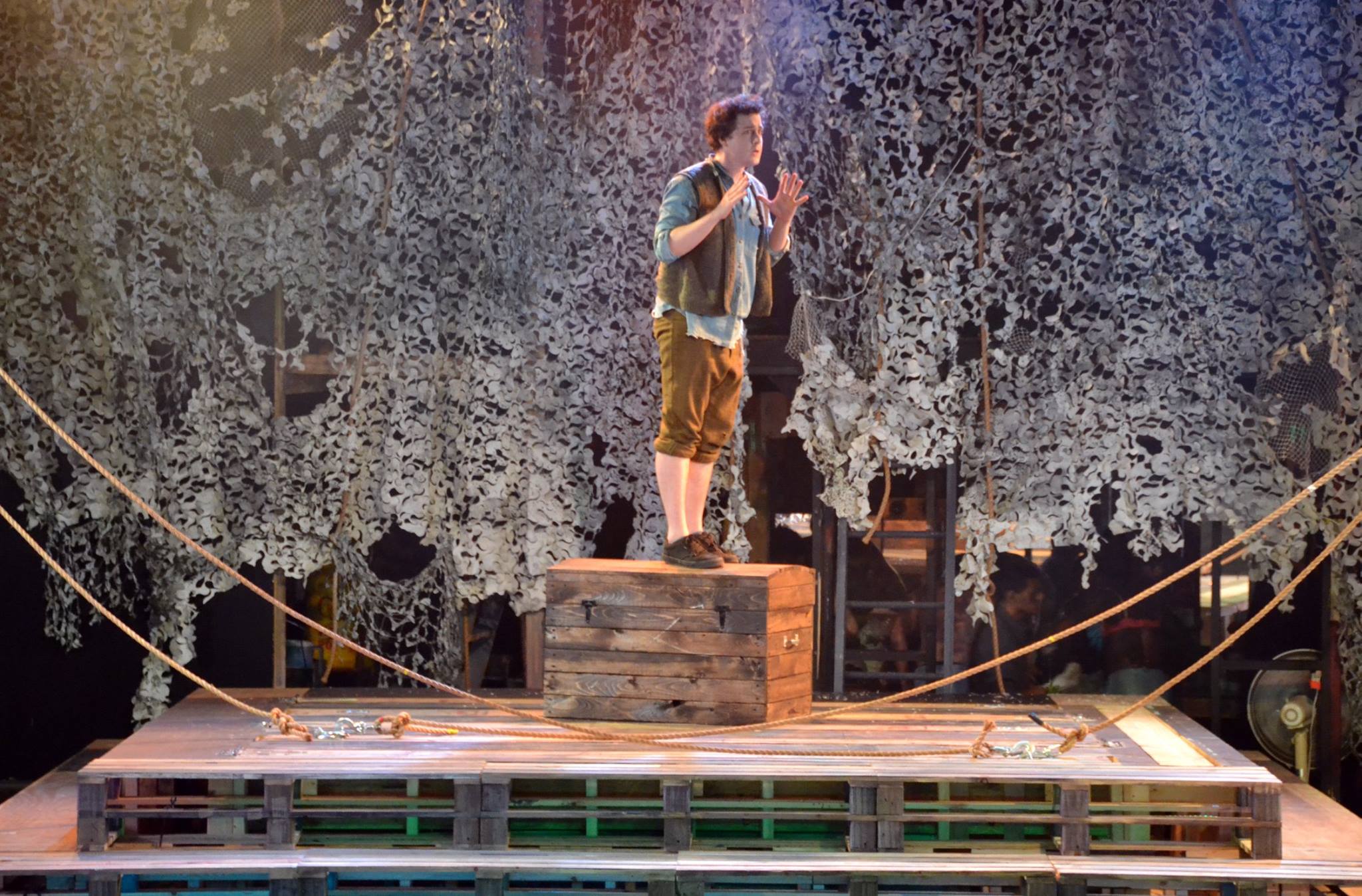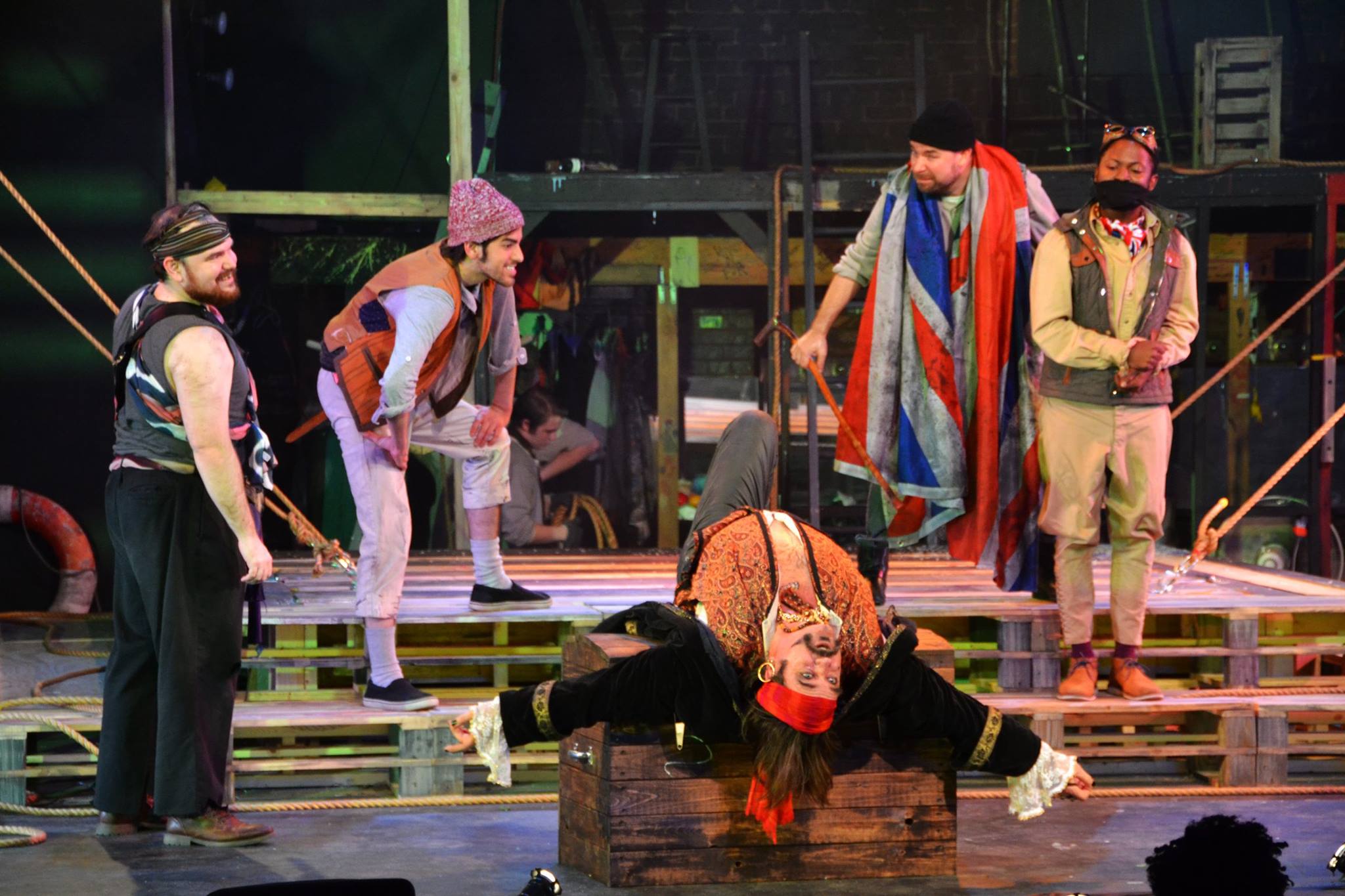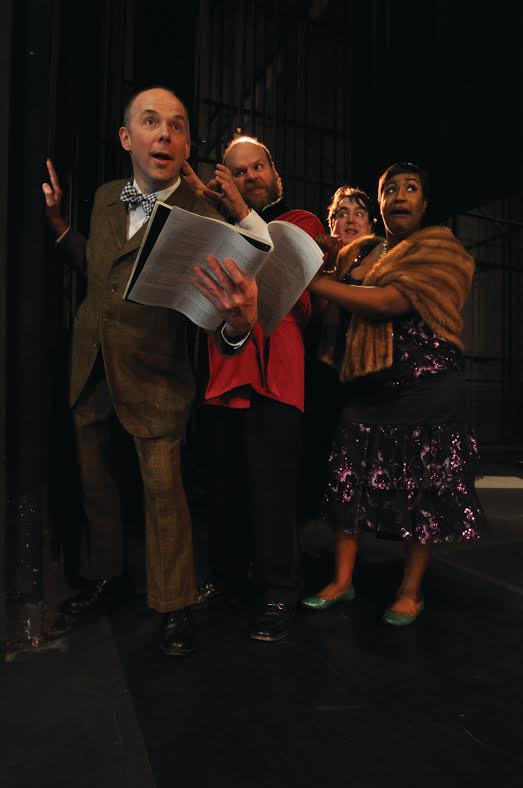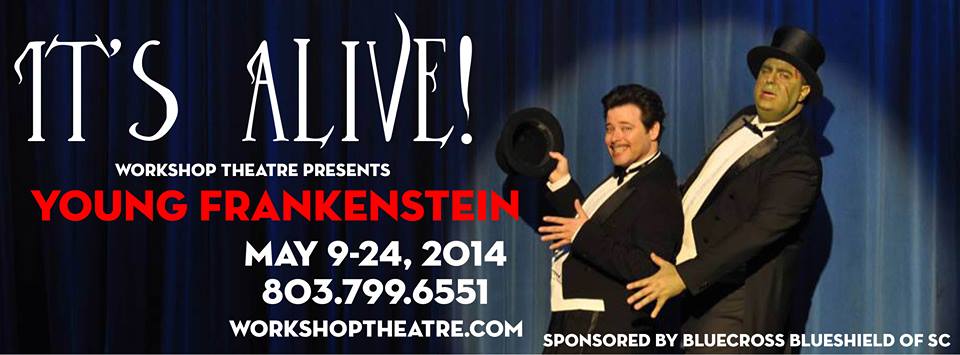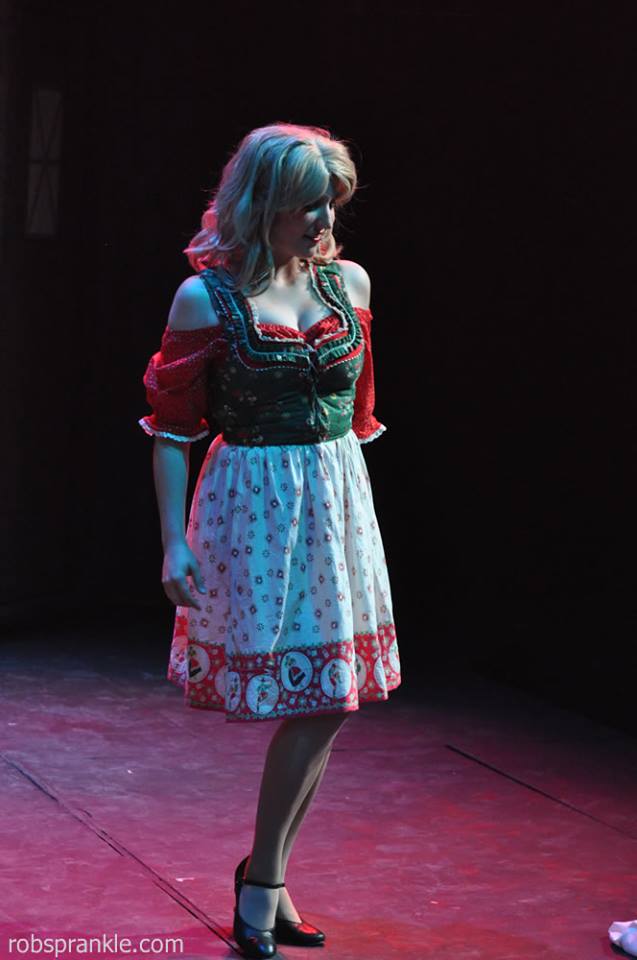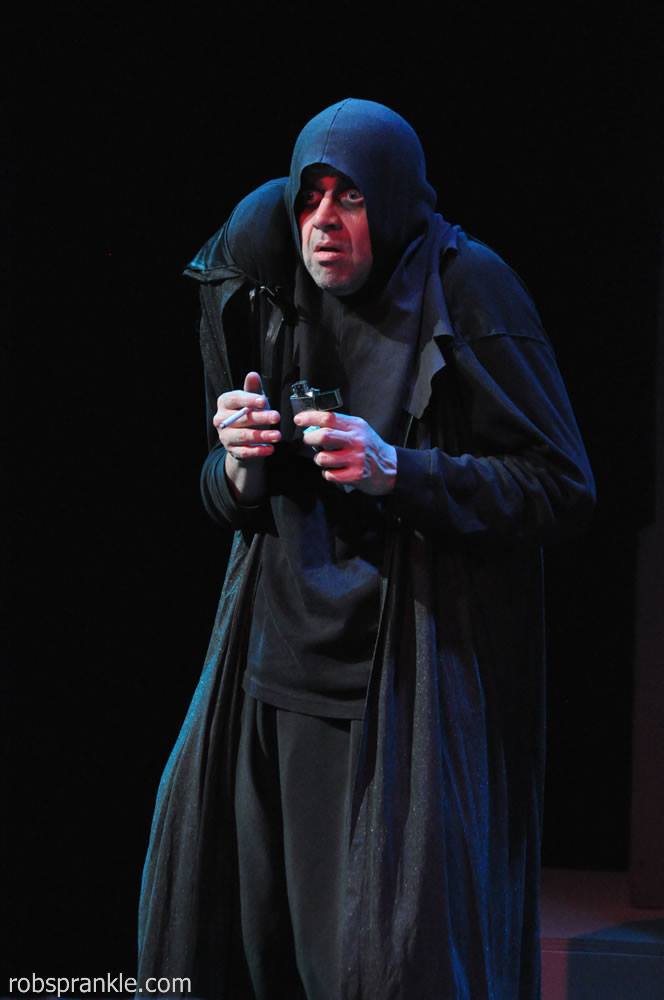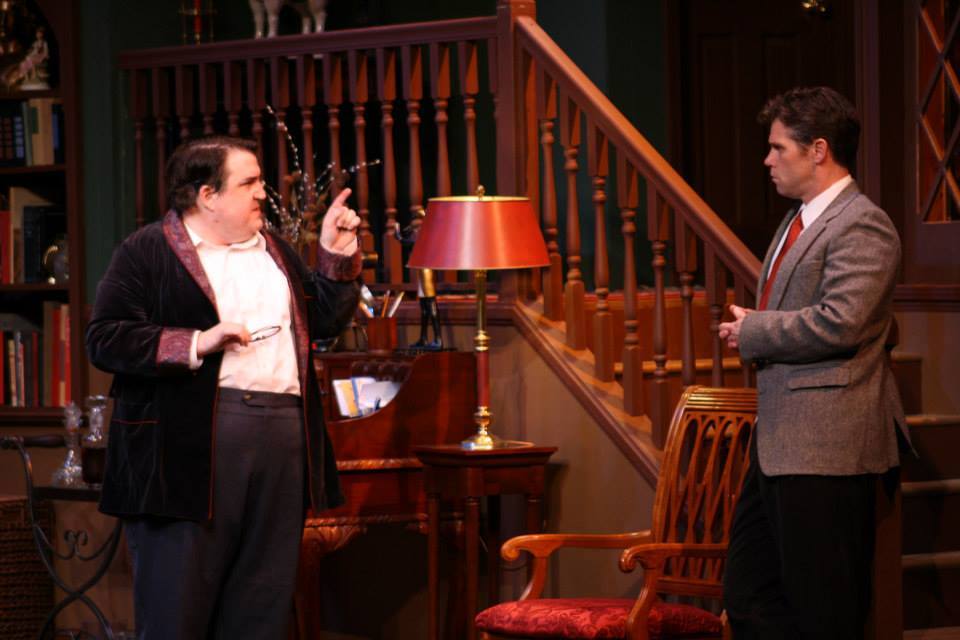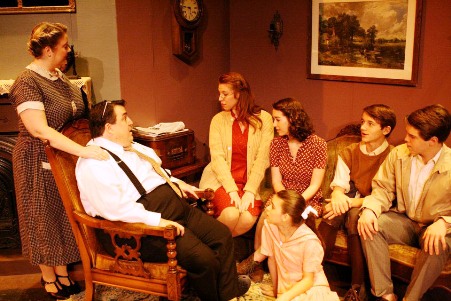 A really good year.
A really good year.
Every artist has one now and again. A period of time when the universe smiles upon you, life just seems to click, and you have the energy to get done all the jobs you need to do.
It’s a brilliant feeling. And we like spreading that brilliance around. That’s why we asked our readers to nominate the artists in their lives who have had one of those really good years. Then, our panel of experts took a look at the list of nominees and winnowed it down to the top three artists in each discipline who seemed to have the very best years of all.
Below, you’ll read about these 12* artists and have the opportunity to register your vote for which artist in each field should be named 2016 Jasper Artist of the Year.
Winners will be announced at the 2016 Jasper Artist of the Year Gala & Columbia Christmas Carol Lip Sync Championship on December 2nd.
~~~
VOTE HERE!
~~~
Literary Arts

Carla Damron’s most important work for the year was the publication of her literary novel, The Stone Necklace, by Story River Books, a division of USC Press. The Stone Necklace was also chosen as the One Book, One Community selection for February 2016 which led to multiple events and appearances, which gave Damron the opportunity to explore the intersection of art and social awareness with hundreds of people (including a presentation at the SC National Alliance for Mental Illness conference). Damron has completed approximately 30 book club presentations thus far, with more scheduled. Damron’s other works include a submission to the Jasper Project’s Marked By Water collection, monthly blogs on the Writerswhokill website, a quarterly column in the SC Social Workers newsletter, and the completion of her fifth novel, which is now in her agent’s hands.

Len Lawson’s many poetry publications this year have included the following: “Briefcase of Little Tortures,” in Up the Staircase Quarterly, “Down South,” in Charleston Currents; “I Write My Body Eclectic” in [PANK] Magazine; “Feel the Vibration: Marky Mark & the Funky Bunch, A Retrospective” in Yellow Chair Review; “Church Fan,” “Niger (Or the Country Missing a Letter,” and “When a White Man in Camden Tells You to Act Like You Got Some Sense,” in Drunk in a Midnight Choir; “Google Search for Black Lives Matter” in Winter Tangerine Review; “ The Black Life Anthem: Unarmed Black People Killed by Police or Dying in Police Custody Since 2012*” in Free Times; “For the Dead Whose Caskets Flowed Out of Graves After the South Carolina Flood,” “12 Year Old Inside Me Seeks a Father Figure,” “Uneasy Dreams of a Presidential Hopeful,” and “The Body is a Cave” in Connotation Press; “ George Zimmerman as Jack in Titanic Painting Trayvon Martin as Rose” and “Krack” in Public Pool; and, “The Invitation” in Get Free Books.

This year, along with R. Mac Jones, Ray McManus co-edited the anthology Found Anew: Writers Responding to Photographic Histories which was published by USC Press and nominated for the Lillian Smith Book Award. He published the following poems: “Caveman Survey,” “How Boys are Measured,” and “Manspread,” in The Good Men Project; “For the Hardest to Reach Places” in Prairie Schooner; “Dog Box,” “Disturbing Remains,” and “Staying in the Truck” in Hard Lines: Rough South Poetry from USC Press; “When a Dog Comes Back Rabid,” “We Were All Dead Once,” and “Natural Selection,” in Red Truck; “Ask Your Doctor,” “Origin of Species,” “In the Absence of Protection,” and “The Descent of Man” in The Dead Mule School of Southern Literature; and, “Ruts” in The State of the Heart Volume II, from USC Press. McManus participated in community projects that included the Tri-District Arts Consortium, The Carolina Master Scholars program, Serious Young Women Writers Workshop, Poetry Out Loud Region II Competition, High School and Middle School ABC Site Training, Word Fest Charlotte, and the Center for Oral Narrative and gave readings at Festival for the Book in Nashville; Pat Conroy Lit Fest in Beaufort: LILA Author Event in Charleston; Book Tavern in Augusta GA; Deckle Edge Literary Festival as well as Mind Gravy in Columbia; the Upcountry Lit Fest; Two Writers Walk into a Bar in Durham NC; and, the Scuppernong Book Store, Greensboro NC.
~~~
VOTE HERE!
~~~
Visual Arts

Kendall Jason's work this year has included quite a few multidisciplinary performance art pieces including the following at The 701 CCA South Carolina Biennial 2015 comprised of Speak to Me: "I've been mad for fucking years, absolutely years, been over the edge for yonks, been working me buns off for bands..." as well as, "I've always been mad, I know I've been mad, like the most of us...very hard to explain why you're mad, even if you're not mad" and Far away across the field, The tolling of the iron bell, Calls the faithful to their knees. To hear the softly spoken magic spells, both with reconstituted performance costumes; Lunatic on the Grass and
Breathe, a single channel video. Jason also created the "Goin Down the Road Feelin Bad" performance at Tapp’s Arts Center In conjunction with Michaela Pilar Brown, and The Transitioner Episode 1- "Who Do You Love"- 3 night performance at 701 CCA. For the Da Da Desque Exhibition 701 CCA, he created The Bags (50lbs Zombie Drawings), The Uniform (Custom Uniform for Work and Play), Episode I, Who Do You Love (Live video), and Ol' Man. He performed at Artista Vista as The Transitioner Episode 2, producing Corn hole Bags (50lbs Zombie Drawings), Extra Large Corn hole boards (Fear Vs. Fan Zombie Cheerleader drawings), and Zombie Drawings.

Among the programs that have occupied Michaela Pilar Brown’s time of late are Summer Arts Residencies in both Sedona Arts Center in Sedona, Arizona as well as one in Kunstlerwerkgemeinschaft Kaiserslautern, Germany. She also served as a visiting artist at Claflin University, Central Piedmont Community College, and at Tapp’s Arts Center, here in Columbia. She was featured in a film by Roni Nicole Henderson as well as one by Wade Sellers, and her work, Speak No’, 2011 was acquired by the Columbia Museum of Art. Her exhibitions included 15-Jahre-Künstlerwerkgemeinschaft volksbank Kaiserslautern; Artfields in Lake City; a solo exhibition and site specific performance, I’m a boss my house, at If Art Gallery; a two-woman show and site specific installation and performance called Making Time Marking Forever at Carrack Contemporary Art in Durham, NC; The Mother Wound site specific performance at Spelman College in Atlanta; Remix – Themes and Variations in African American Art at the Columbia Museum of Art; Wet Hot Southern Summer Group Exhibition at The Southern Gallery in Charleston; Where They Cut Her I Bleed – Site Specific Installation/ Solo Exhibition and Performance at Tapp’s Arts Center; The Space Between – Solo Exhibition and Performance at McMaster Gallery, University of South Carolina; Ruptured Silence Multimedia Performance and Collaboration with Wideman Davis Dance and Darion McCloud at Drayton Hall, University of South Carolina; Liquor and Watermelon Will Kill You – Solo Exhibition at Rebecca Randall Bryan Art Gallery in Conway; and Red Dirt and Doilies – Solo Exhibition at Sumter County Gallery of Art in Sumter.

Among Lauren Chapman’s accomplishments this year was winning second place in the 61st Annual USC Student Art exhibition for the painting Still, and her painting The Flood was featured at the ArtFields Festival 2016 in Lake City as well as being published in the 2016 ArtFields catalog. In May, Chapman had a joint exhibition at Tapp’s Art Center and in August she showcased 25 oil paintings in her first solo exhibition and artist talk, titled Repetitions at the Pearson Lakes Art Center in Okoboji, IA. Chapman was awarded the Yaghjian Studio arts scholarship at USC and received a fully funded art residency at the international center for the arts in Monte Castello, Italy which she attended in June. Finally, Chapman’s oil painting the white rabbit was selected for the "Figure Out" Planned Parenthood exhibition in August.
~~~
VOTE HERE!
~~~
Music Arts

If there’s a linchpin of Columbia’s jazz scene, it’s probably trumpet (and didgeridoo) player Mark Rapp. In addition to balancing a steady stream of gigs around the city with his constant national and international travel, Rapp has kept busy orchestrating a steady stream of recordings, including a long overdue set from jazz patriarch Skipp Pearson and two efforts under his The Song Project Series with guitarist Derek Bronston. And, as part of the Harbison Theatre Performance Incubator Series, Rapp teamed up with professional choreographer Stephanie Wilkins to create Woven, a unique collaboration that combines jazz and contemporary dance that stands as one of the most innovative original performance pieces created in Columbia in recent years.

Although he’s one of the most affable and easygoing artists in town, when Dylan Dickerson steps on stage with his band Dear Blanca and starts playing music that person seems to slip away. With his post-punk-meets-Hendrix approach to playing guitar and an unadorned bawl of a voice, Dickerson stands clearly out among his peers. His lyrics, pondering and painstaking, feel like anthems for twentysomethings who want to make it plain that their disaffection and distress should never be mistaken for apathy.
Dear Blanca started out slowly but over the past year seems poised to make the next step, releasing two EPs--one produced by Triangle veteran Scott Solter (Mountain Goats, St. Vincent, Spoon), the other by Charleston’s producer-of-the-moment Ryan “Wolfgang” Zimmerman of Brave Baby--that hold to Dickerson’s idiosyncratic vision of folkie Townes Van Zandt drinking at a bar with D. Boon of the Minuteman while proving that Dear Blanca is a band capable of making music every bit as captivating as their heroes.

As much as Columbia has begun to champion its hip-hop veterans like FatRat da Czar and Preach Jacobs, there’s no denying that much of the energy of the genre still lies with a powerful younger generation that is still forging its own identity. Of the newer crop of emcees in the Capital City, Justin Daniels, who raps under the moniker H3RO, is one of the best. His December release Between the Panels, despite its DIY sensibility, plays like a masterclass in how to embrace youthful swagger with a keen sense of history. His comic book motifs and love of pure bars harkens back to Wu Tang Clan; the joyful soul samples and backpack rap self-consciousness to Lauryn Hill and early-period Kanye West; and his charismatic exuberance not unlike current rapper-of-the-moment Chance the Rapper. Daniels is still hustling, but his past year suggests the sky is the limit.
~~~
VOTE HERE!
~~~
Theatre Arts

A perennial behind-the-scenes magic maker, Baxter Engle has served over the past year in the following productions: Marie Antoinette (Sound Design); Blithe Spirit (Scenic Design); Peter and the Star Catcher (Scenic and Props Design); American Idiot (Scenic and Video Design); and, Anatomy of a Hug (Scenic and Video Design.) In addition to handling the creative aspects of design, Engle is hands-on throughout the productions from conception to the birth of the show.

The consummate theatre man, Robert Harrelson is the executive director and owner of his own company, and all the hard work and minutiae that implies, with On Stage Productions, a non-profit theatre company in West Columbia. This year, Harrelson directed Little Shop of Horrors, Twisted Carol, Miracle in Memphis, Crimes of the Heart, and Oz: Dorothy’s Return, which he also wrote. He also teaches ongoing acting classes.

In January 2016 Hunter Boyle performed in a staged reading of Composure, a screenplay by Jason Stokes at Trustus’ Side Door Theatre, playing “Pitchfork” Ben Tillman and several other characters. Next, he performed at Trustus Theatre, where he is a Company member, in Peter and the Star Catcher, playing the roles of Mrs. Bumbrake and the mermaid called Teacher. Following that, Boyle performed with the South Carolina Shakespeare Company, where he is also a company member, playing Sir John Falstaff in The Merry Wives of Windsor. Boyle taught several Master Classes in Musical Theatre (how to tell a story through song) and Acting (how to develop/train your voice effectively for stage work) for the Trustus’ Apprentice Company, as well as a total of five classes (three classes in the fall and two classes in the spring) of Introduction to the Theatre at USC Aiken. Boyle is currently a member in good standing of the Actor’s Equity Association-the union of professional actors in the US, as well as the Screen Actor’s Guild and the American Federation of Television and Radio Artists in the US. As of the nomination cut-off date, Boyle is currently rehearsing the role of Dr. Scott in The Rocky Horror Picture Show at Trustus Theatre, being directed by Scott Blanks.
~~~
VOTE HERE!
~~~
(*The 2016 JAY in Dance will not be awarded this year.)





